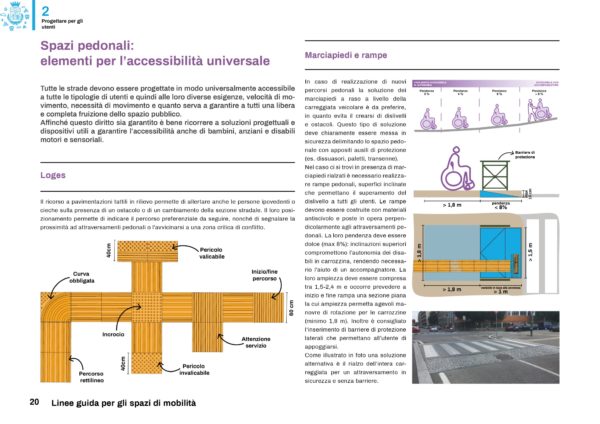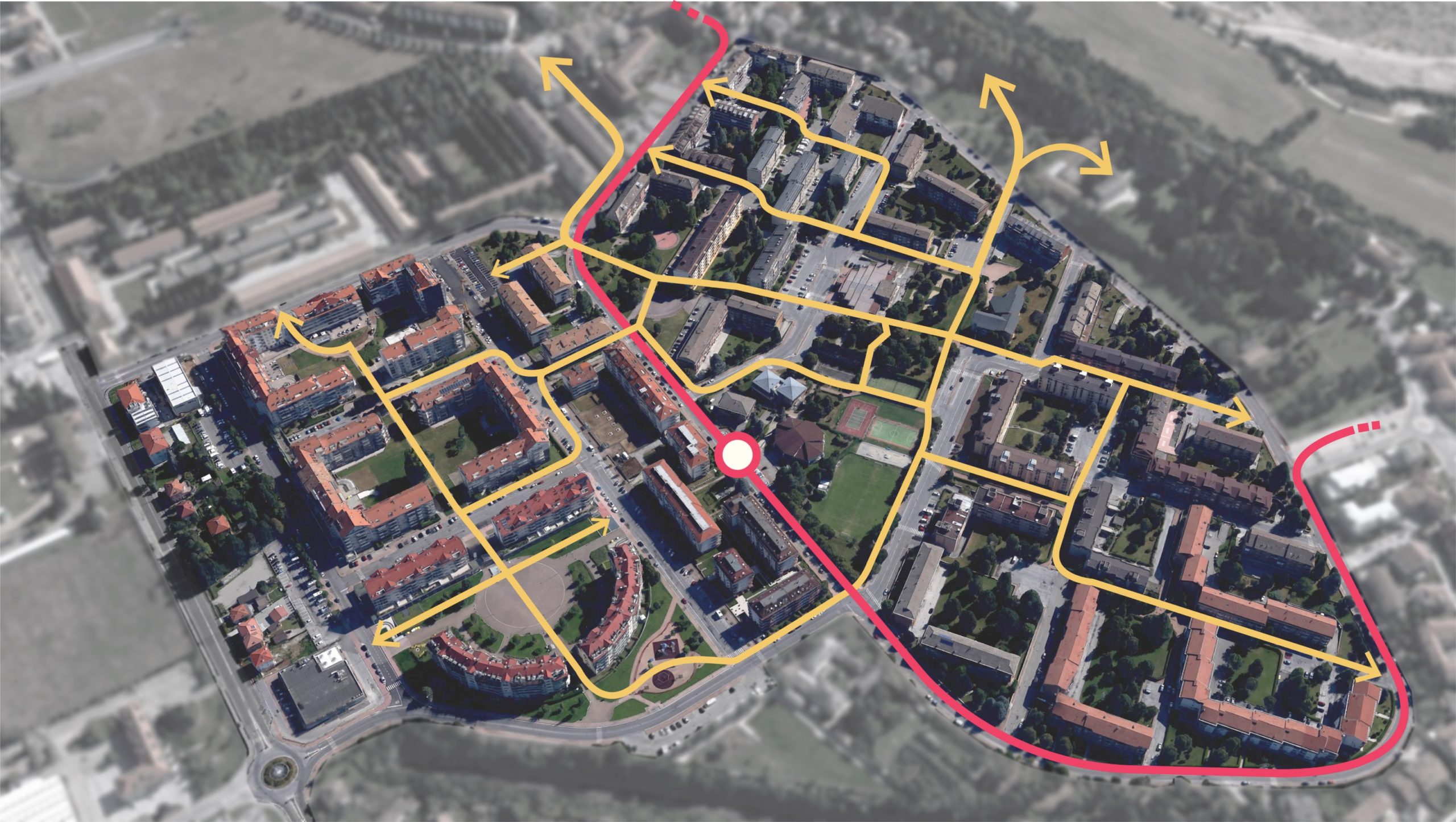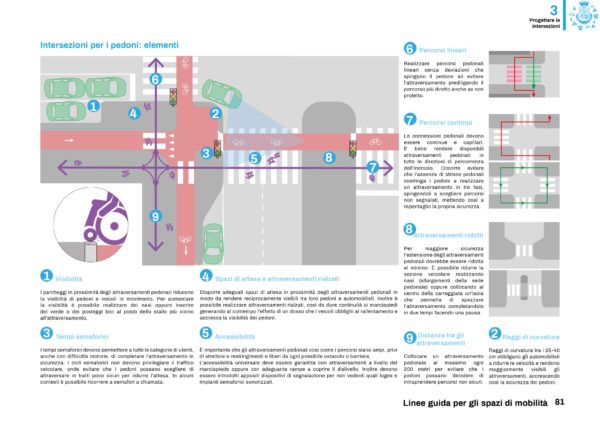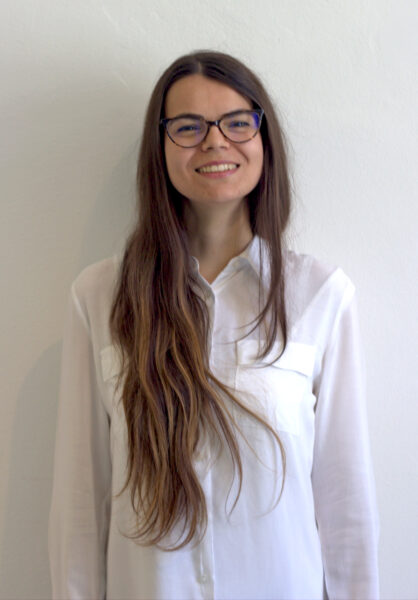Recap: first months working at Decisio
22 February 2021
- Bikenomics|Cycling
My first months at Decisio – 2020 – What a year!
I will always remember it as the year I started working for Decisio!
In June, in fact, I started working with the team and immediately realized that I loved the job, it’s what I enjoy to do the most!
None of us are as smart as all of us put together [Ken Blanchard].
It’s not easy to fit into a new work environment during a world pandemic (Covid-19) and do everything remotely. I may have only seen my coworkers 4 or 5 times in those first few months, but I always felt like I was part of the group. This is one of the aspects that impressed me the most about Decisio! No matter the distance, the limitations dictated by interfacing through a screen. The impossibility of expressing myself through the typical Italian gestures! Right from the start my colleagues have been a guiding me. Entrusted me with responsibilities and involved me in moments of reflection and internal confrontation.
Choose a job you love, and you won’t have to work a single day in your life [Confucius].
At this point you might be wondering what exactly I do at Decisio.
Well, that is the million dollar question!
At Decisio I have been able to turn my passions into my job. Working on projects that deal with mobility and transportation, urban planning, economic, environmental & social sustainability and much more.
I like to think that the projects that I follow together with my team can generate concrete, active, tangible effects on the dynamics that affect the urban space.
My first project
The very first project I was involved in was om the definition of guidelines and design principles for the creation of a 30 Zone for the San Paolo district of Cuneo. Our work was to provide support in the design of this intervention by rethinking a new mobility for the neighborhood. One that is more citizen-friendly, whilst proposing a series of interventions aimed at making the 30 Zone as concrete and effective possible.
However speed limitation cannot, in fact, be achieved through signage alone! A properly designed 30 Zone requires solutions that physically limit the maximum speed that vehicles can reach.
(Some excerpts from the document as an example: 30 Zone Traffic Restriction)
To this end, a series of traffic moderation interventions have been proposed (lane narrowing, flexing, closures, access portals, etc.) which operate primarily with a view to reducing speeds and traffic volumes. This is essential if we consider that the death probability of a pedestrian hit by a car is 85% at 65 km/h and 45% at 50 km/h, while it drops to 5% at a speed of 30 km/h[1].
A change in traffic conditions also brings with it further “indirect” benefits such as a reduction in the number and severity of road accidents (-40% according to studies) [2] or a reduction in air and noise pollution (-7dB of traffic noise)[3] with consequent health benefits.
One of the aspects that I liked most about this work is just thinking about the positive effects that this will have at the local level in the years to come, especially the benefits that citizens will enjoy. Furthermore, the whole process of sharing these design indications with the neighborhood committee – whom was immediately enthusiastic about the project – was also fascinating.
A good communication strategy that explains the benefits of an intervention at the local level is key for the success of the project. Personally, I really appreciated the moments of confrontation between the stakeholders involved in the project, I find them very constructive!
Other projects
Afterwards I followed the drafting of the document of guidelines for mobility spaces for the City of Collegno. A work aimed at providing useful information and principles for a correct and effective design of urban mobility spaces. This work contains indications on standards, tricks and good practices useful for the design of mobility space both from the point of view of the different types of users and the diversity of the different contexts present. Among the aspects that I liked the most is the space we gave to an inclusive and universally accessible design, attentive to the needs of all. But also the importance given to the function of green, emphasizing the many benefits that derive from its inclusion in the urban environment.

(Some excerpts from the document: Pedestrian Spaces & Rain Gardens)
Since this is a document of guidelines intended for the local government, unlike the previous work there was no interaction with citizens. This didn’t make work less interesting! By providing these useful design indications for the planning of a more inclusive, safe and accessible urban environment, I feel, in fact, that I have given a concrete useful contribution for the transformations that will affect the territory in the coming years.
Yes, perhaps in this way I could describe what I do at Decisio. Through projects, interventions, plans, strategies we give our contribution to a vision that looks at inclusive and resilient cities. At roads designed for people and not for vehicles, at policies promoted for citizens and for the environment, at interventions that look as much at functionality as at the protection of all citizens and their diversity.
And – as far as I’m concerned – there can be no more satisfying work.
What will the next 100 days have bestowed upon me?
I don’t know, as this is just the beginning! 😉
[1] World Health Organization and The World Bank “World Report on Road Traffic Injury Prevention”, 2004
[2] Grundy, Chris et al. “Effect of 20 mph traffic speed zones on road injuries in London, 1986-2006: controlled interrupted time series analysis.” BMJ (Clinical research ed.) vol. 339 b4469. 10 Dec. 2009, doi:10.1136/bmj.b4469
[3] Giuseppe di Giampietro “Effetti prima e dopo delle Zone 30” – Corso di Formazione Comune di Pescara (2015)





